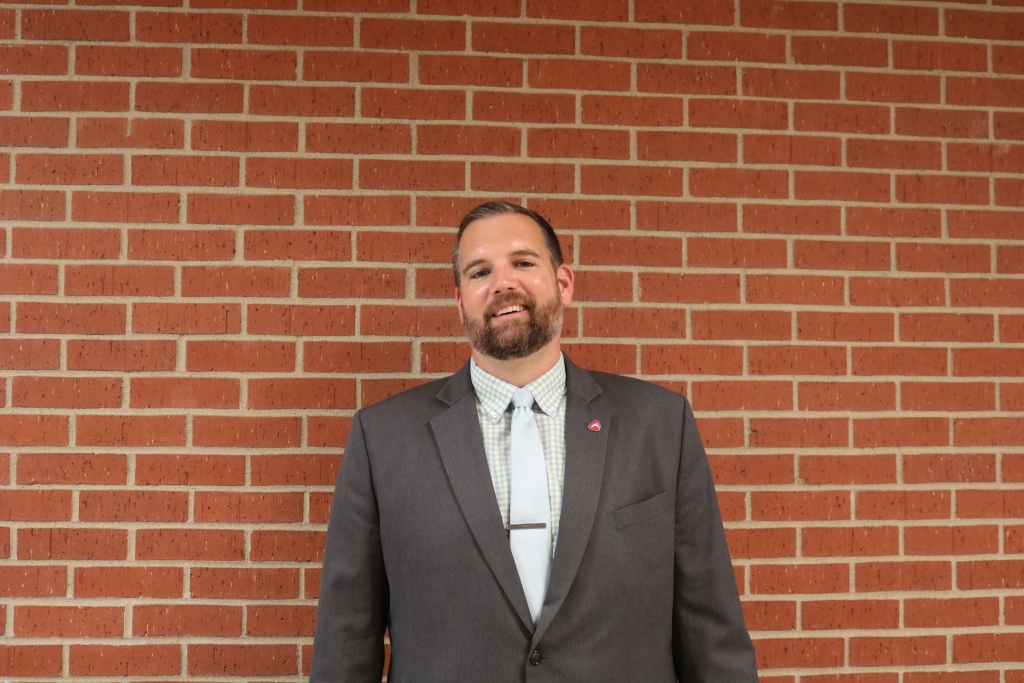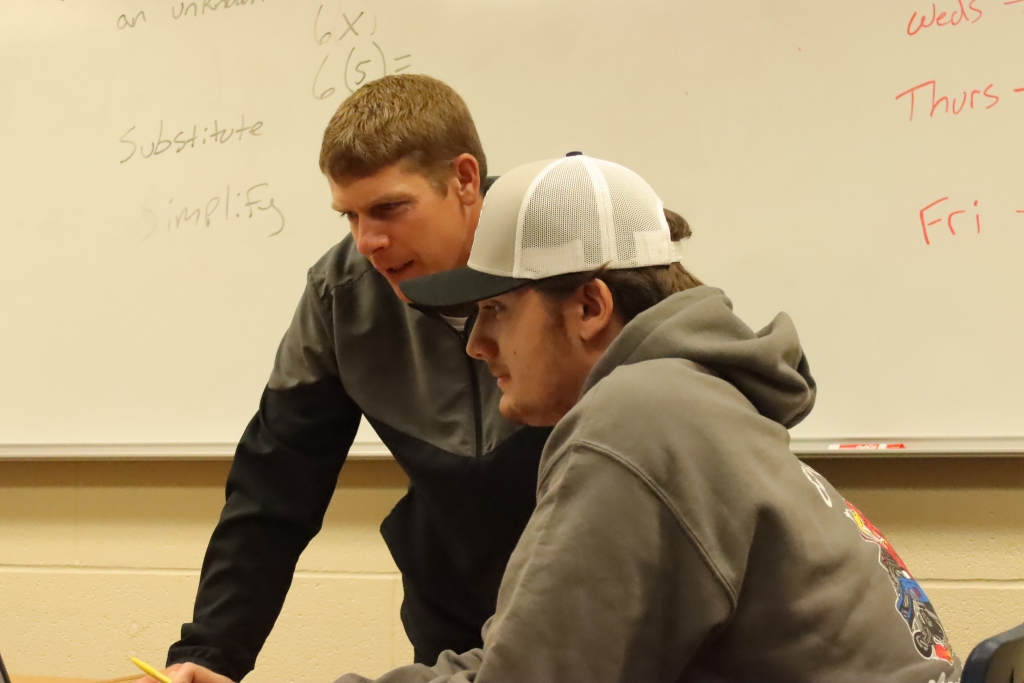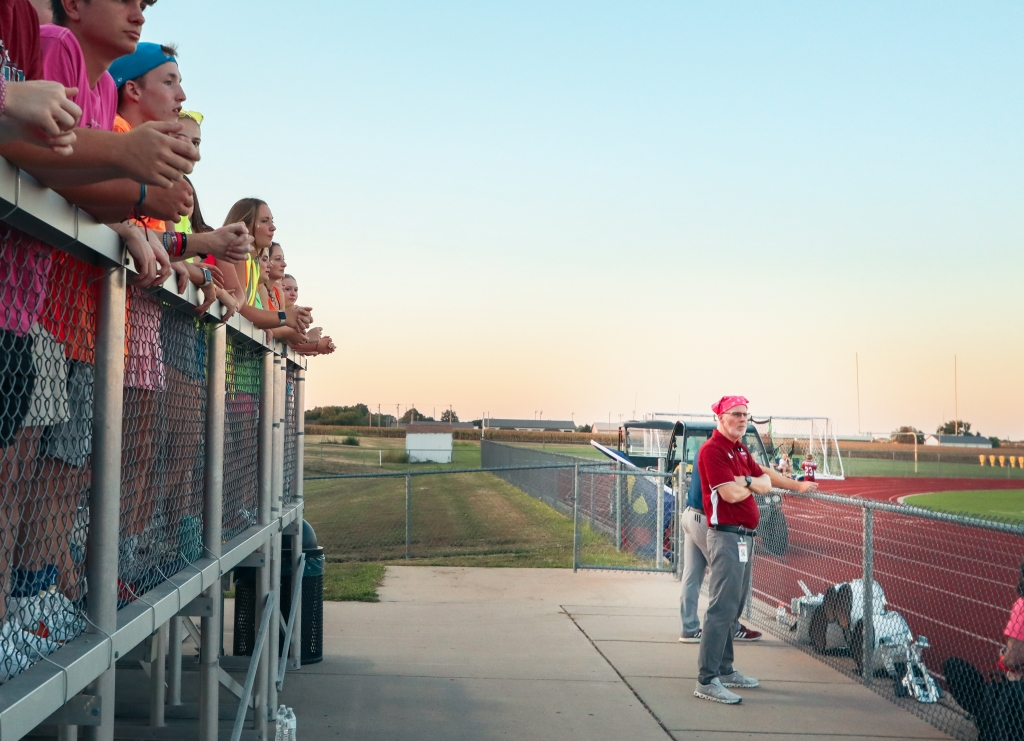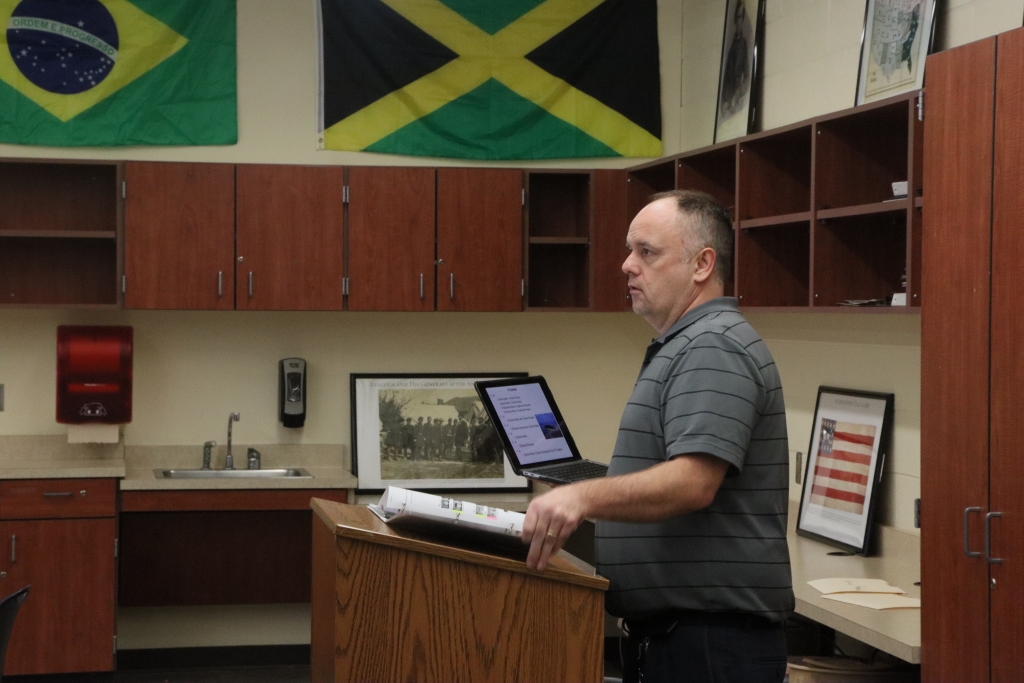Snow day decisions
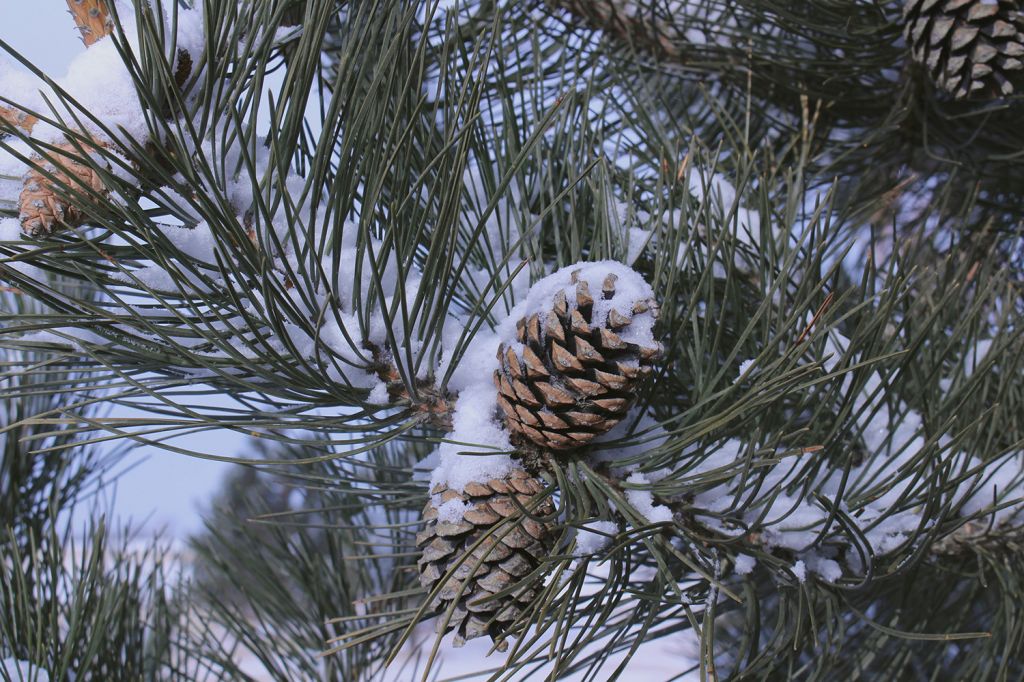
story by Sydney Shain ≫
“I was really excited to get the phone call as a kid,” said Katie Rosewicz, Sr., about receiving notification from the school that school is called off for a snow day when she was a child.
According to the National Sleep Foundation, 87 percent of students get less sleep than they should. This helps to explain the relief that an unexpected school cancellation and a free day of rest may cause. But what work, preparation, and deliberation goes into the decision to call off school?
Mr. Splichal, Superintendent of the school district, pays close attention to weather forecasts during the winter months. Once a winter storm comes up that looks like it might present a safety issue for the school, he then turns to three trusted weather report resources. These give him an overall outlook of what is to be expected of the weather on the day or days in question.
“Ideally, if mother nature participates, we prefer to make the decision by 10 the night before the day in question,” said Splichal. “Sometimes, though, it’s a little more difficult to tell what to expect. If we don’t decide the night before, I’m usually up by three or so in the morning.”
Splichal then enters into a conference call in those early hours of the morning with other superintendents from neighboring school districts. They swap information, deciding who might be affected by the storm more seriously than others based on radar and other resources.
Another person up that early in the morning on a day of questionable weather is Hal Reusch, Operations Director at USD 491. Reusch has been working for the school district for 13 years, and has worked with multiple superintendents to ensure the safety of students here at EHS and the other schools.
Splichal and Reusch communicate as soon as they are up, and then they have the dangerous responsibility of taking their own vehicles out on the roads, driving through town and along all of the country bus routes.
“On a snow day, I usually don’t sleep very well the night before,” said Reusch. “I’ll keep getting up through the night and looking out. Then at about 3 o’clock, I’ll get up, get out, start driving the roads. There have been a few times where I actually ended up in the ditch, and without my four wheel drive, I wouldn’t have been able to get out.”
Then, based on weather predictions and their own knowledge of the conditions of the roads, Splichal and Reusch talk about the decision and Splichal ultimately has the final say. The decision is expected to be made by 5:30 a.m. that morning at the very latest.
Many, once the decision is reached, rejoice and spend a day resting. However, some students’ health can be at risk during school cancellations.
“We have a lot of poverty in our area,” said Splichal. “For some students, the warmest place to be is at the school. Their best meal of the day is the one that we feed them.”
All of this is taken into careful consideration when deciding what is best for the school district in any given inclement weather situation. Even so, there are some times that precaution allows for a cancellation that in hindsight seems less necessary. Take the most recent “ice day” for example. Weather reports had people prepared for a weekend trapped indoors, but the storm was not as severe as predicted.
“ I think that from a precaution standpoint, we made the right call based on the information we had,” said Splichal. “We want our students and staff to be safe and when factoring the forecast for ice and the timing of the event, staying home made the most sense.”


